Introduction
In the realm of culinary arts, transforming simple, fresh ingredients into complex, flavorful dishes is a testament to the chef’s skill and creativity. One such transformation that stands out is converting tomatoes into a rich, vibrant tomato sauce. This process, while seemingly straightforward, encompasses a myriad of techniques and considerations that can elevate an everyday meal into a culinary masterpiece. Whether you’re a seasoned chef or an enthusiastic home cook, mastering the art of making tomato sauce from scratch is a rewarding endeavor that deepens your understanding of food and flavor.
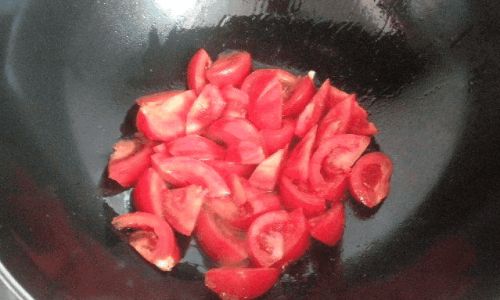
This comprehensive guide will walk you through every step of the journey, from selecting the perfect tomatoes to achieving the desired consistency and flavor profile. By the end, you’ll not only have a batch of delicious homemade tomato sauce but also a deeper appreciation for the nuances involved in this timeless culinary practice.
Chapter 1: The Importance of Ingredient Selection
The foundation of any great dish is its ingredients, and tomato sauce is no exception. The quality of your tomatoes will significantly impact the final outcome of your sauce. Here are some key factors to consider when selecting tomatoes for your sauce:
1 Variety
There are numerous varieties of tomatoes available, each with its unique flavor profile and texture. For tomato sauce, heirloom tomatoes are often praised for their rich, complex flavors. However, Roma tomatoes, also known as plum tomatoes, are a popular choice due to their lower water content and higher flesh-to-seed ratio, which makes them ideal for cooking down into a thick, flavorful sauce.
2 Ripeness
Fully ripe tomatoes are essential for a flavorful sauce. Look for tomatoes that are deeply colored, firm but slightly soft to the touch, and free from bruises or soft spots. Avoid tomatoes that are overly hard or underripe, as they will lack the sweetness and acidity that balances a good sauce.
3 Freshness
Freshness is crucial when it comes to tomatoes. Ideally, use tomatoes that are in season and locally sourced. This ensures they are at their peak of freshness, packed with natural sugars and acids that contribute to the sauce’s overall taste.
Chapter 2: Preparation Techniques
Once you’ve selected your tomatoes, it’s time to prepare them for the sauce-making process. This involves several steps, each of which plays a vital role in achieving the desired result.
1 Blanching and Peeling

While not strictly necessary, peeling your tomatoes can give your sauce a smoother texture and a more refined appearance. To peel tomatoes, start by blanching them in boiling water for about 30 seconds to 1 minute. This loosens the skin, making it easier to remove. Plunge the blanched tomatoes into ice water to stop the cooking process, then gently peel off the skin using a sharp knife or your fingers.
2 Seeding and Chopping
Removing the seeds and excess pulp from your tomatoes can help reduce the sauce’s water content, leading to a thicker final product. Cut the tomatoes in half and gently squeeze out the seeds and pulp over a bowl. Chop the tomato flesh into small, uniform pieces to ensure even cooking.
3 Pureeing (Optional)
For a smoother sauce, you can puree the chopped tomatoes using a blender or food processor. This step is particularly useful if you prefer a silky, velvety texture. However, keep in mind that pureeing will also affect the sauce’s cooking time and final consistency.
Chapter 3: The Cooking Process
Now that your tomatoes are prepared, it’s time to start cooking. The cooking process for tomato sauce involves several key stages, each requiring careful attention to detail.
1 Sautéing Aromatics
Begin by heating a large, heavy-bottomed pot or saucepan over medium heat. Add a small amount of olive oil, then sauté finely chopped onions, garlic, and any other aromatics such as carrots, celery, or bell peppers until they are soft and translucent. This step, known as the soffritto in Italian cuisine, creates a flavorful base for your sauce.
2 Adding Tomatoes
Once the aromatics are sautéed, add your prepared tomatoes to the pot. If you’ve pureed them, pour the puree in. Stir well to combine, ensuring that the tomatoes are evenly distributed.
3 Simmering
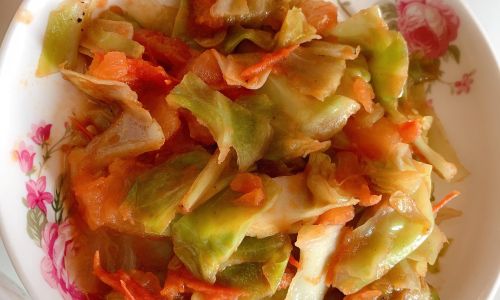
Reduce the heat to low and let the mixture simmer gently. Simmering is crucial for developing the sauce’s flavor. It allows the tomatoes to break down and release their natural juices, creating a rich, concentrated sauce. Stir occasionally to prevent sticking and to ensure even cooking.
4 Seasoning
As the sauce simmers, it’s time to add seasoning. Salt is essential for enhancing the tomatoes’ natural flavors. Start with a pinch, then taste and adjust as needed. Freshly ground black pepper, a pinch of red pepper flakes for a hint of heat, and a sprinkle of dried herbs like basil, oregano, or thyme can also add layers of complexity to your sauce.
5 Reducing
The sauce will gradually thicken as it simmers. The amount of time needed for reduction depends on the quantity of tomatoes, the pot size, and the desired consistency. Generally, expect the sauce to simmer for at least an hour, possibly longer, until it reaches your preferred thickness. Keep in mind that the sauce will continue to thicken slightly as it cools.
Chapter 4: Finishing Touches
Once your sauce has reached the desired consistency and flavor, it’s time to add the finishing touches that will elevate it from good to great.
1 Fresh Herbs
Stir in a handful of freshly chopped herbs such as basil, parsley, or cilantro. Fresh herbs add a burst of brightness and freshness that complements the cooked tomatoes perfectly.
2 A Touch of Acid
A splash of vinegar or lemon juice can brighten the sauce’s flavor and help balance its sweetness. Use just enough to enhance the overall taste without overpowering it.
3 A Drizzle of Olive Oil
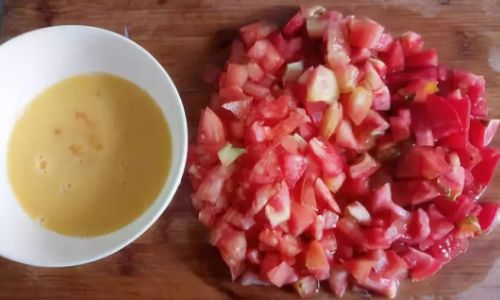
A final drizzle of high-quality extra-virgin olive oil can add richness and a subtle nutty flavor to your sauce. Add it off the heat to prevent it from becoming bitter.
Chapter 5: Storage and Preservation
Homemade tomato sauce is a versatile ingredient that can be used in a variety of dishes, from pasta and pizzas to soups and stews. Proper storage is key to ensuring that your sauce retains its flavor and texture for future use.
1 Cooling
Allow the sauce to cool completely before storing it. This prevents condensation and helps maintain the sauce’s quality.
2 Refrigeration
Store cooled sauce in an airtight container in the refrigerator for up to a week. Make sure the container is clean and free of any contaminants to prevent spoilage.
3 Freezing
For longer-term storage, freeze the sauce in portions. Use freezer-safe containers or heavy-duty freezer bags, leaving some headspace to allow for expansion during freezing. Label the containers with the date and contents for easy identification. Frozen sauce can be kept for up to six months.
Chapter 6: Creative Variations
Tomato sauce is a versatile base that can be adapted to suit various tastes and cuisines. Here are a few creative variations to inspire your cooking:
1 White Tomato Sauce
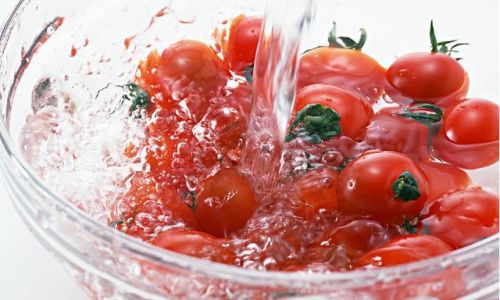
Use white tomatoes, also known as albicocca tomatoes, to create a unique, creamy sauce with a subtle sweetness.
2 Smoky Tomato Sauce
Add a smoky flavor by roasting the tomatoes over an open flame or in a grill before cooking them down into sauce.
3 Tomato and Cheese Sauce
Incorporate melted cheese, such as Parmesan or pecorino, for a creamy, cheesy sauce that’s perfect over pasta.
4 Tomato and Meat Sauce
For a hearty option, add cooked ground meat, sausage, or even leftover roasted meats to the sauce.
Conclusion
Transforming tomatoes into tomato sauce is a culinary journey that combines science, art, and patience. By carefully selecting your ingredients, meticulously preparing them, and thoughtfully cooking them, you can create a sauce that is not only delicious but also deeply satisfying. Whether you’re serving it over a simple plate of pasta or using it as the foundation for a more complex dish, homemade tomato sauce adds a touch of magic to every meal.
As you continue to experiment and refine your sauce-making skills, remember that the best recipes often come from intuition and personal preference. Don’t be afraid to make adjustments based on your taste buds and the ingredients available to you. With time and practice, you’ll develop your unique style and approach to making tomato sauce, one that reflects your culinary journey and personal flair.
Happy cooking, and may your sauce always be rich, flavorful, and full of love!



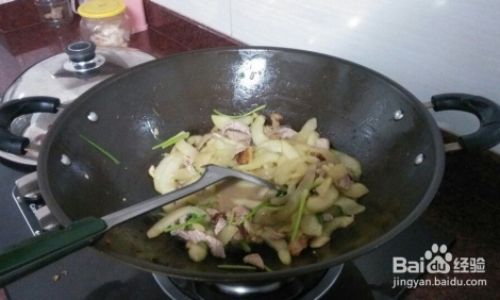

0 comments